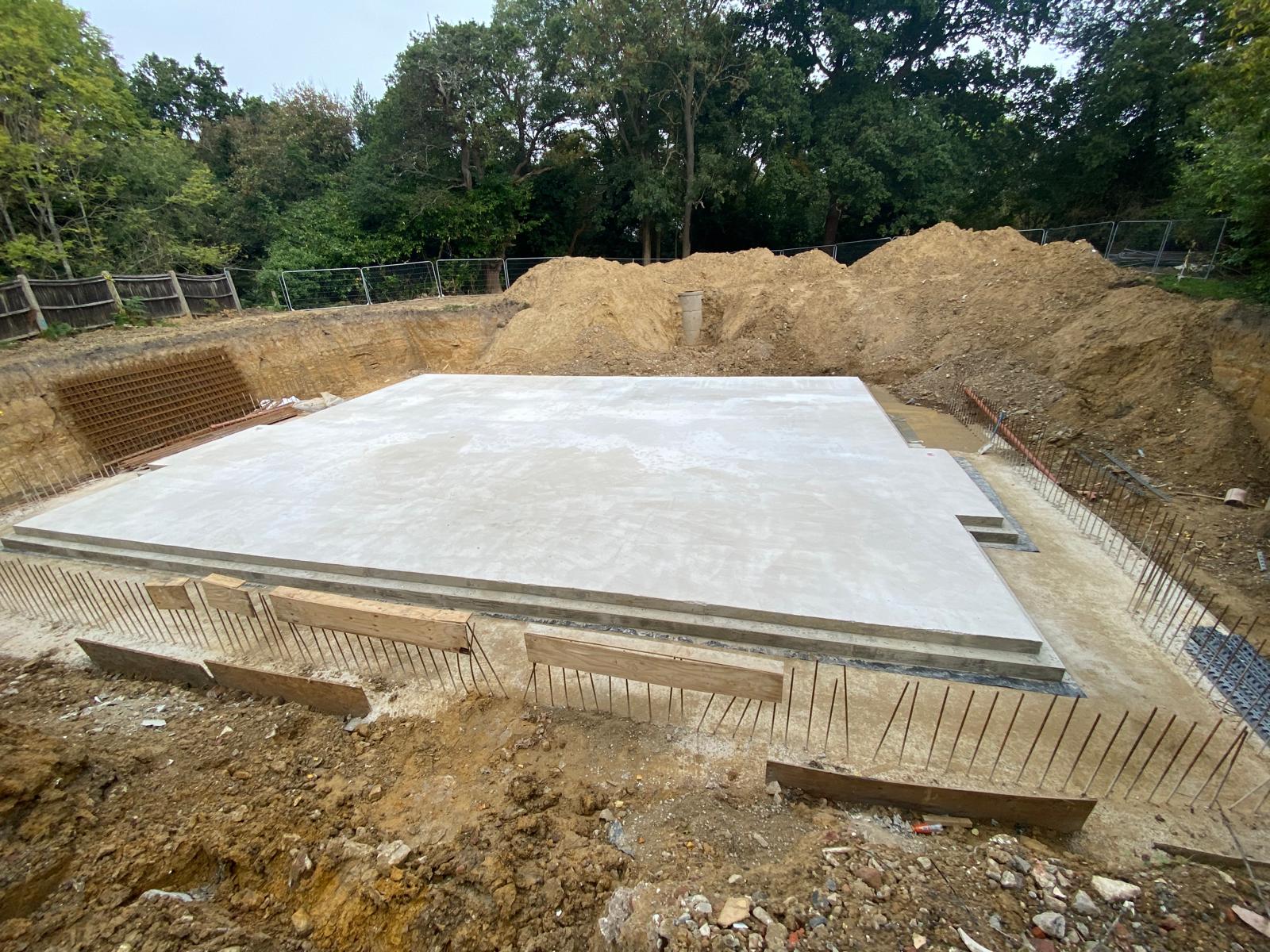What are the different types of reinforced concrete beams?
October 2, 2024

What are the different types of reinforced concrete beams?
A reinforced concrete (RC) beam is a crucial element of a concrete structure that carries loads vertically and faces forces such as bending, shear, torsion, vibration, etc.
Different types of reinforced concrete beams are used according to their utility during construction. The following discussion will include an account of various kinds of RC beams so that you understand how and why these beams are used in concrete construction. Before we start our discussion, some crucial terms must be explained to help you understand the debate better.
Important terms
Tensile strength- The maximum mechanical stress a material can withstand before it breaks if pulled or stretched.
Bending moment- A bending moment occurs in a concrete structure like a beam when an external force is applied, causing the structure to bend.
Ductile failure- In a reinforced concrete beam, when the steel reaches the point of failure sooner than the concrete, it is called ductile failure.
Now, let's discuss the different types of reinforced concrete beams and how concrete beam design varies accordingly.
Over reinforced beam
An over-reinforced beam consists of excess steel reinforcement that exceeds the natural requirement of steel reinforcement in the concrete beam. Because the reinforced steel is present in greater numbers, the over-reinforced beam can carry more loads.
The benefit of over-reinforced beams is a longer service life due to their structural solid integrity.
However, in an over-reinforced beam, the concrete reaches the crushing point before the reinforced steel, which causes a sudden fracture of the beam. It is often dangerous for the concrete structure as it does not develop cracks showing signs of structural failure.
Under reinforced beam
In an understanding of reinforced beams, the ratio of steel is less than the required, and if it is under pressure, the steel reaches its crushing point faster than the concrete. This type of beam undergoes ductile failure and develops multiple cracks.
Unlike over-reinforced beams, sudden fracture is not seen in under-reinforced beams. This allows building occupants to safely evacuate as multiple cracks appear before shattering the beam. Engineers use this beam type as it is cost-effective and gives warning before structural failure.
Balanced reinforced beam
The concrete and reinforced steel are placed in a balanced reinforced beam to simultaneously reach their maximum tensile strength. At the bending moment, the reinforced steel and concrete reach their breaking points.
These reinforced concrete beams are considered riskier as they do not develop cracks that would allow occupants to evacuate the building safely. The concrete's sudden structural failure makes it more dangerous. This type of reinforced concrete beam is suitable for buildings in moderate seismic zones and can be used for residential and commercial buildings.
Singly reinforced beam
A singly reinforced concrete beam places Steel bars near the tension zone. This type of reinforced beam is used where the load on the beam is comparatively lighter and the concrete is strong enough to handle it.
Singly reinforced concrete beams can be cost-effective but are less resistant to increased pressure. If the load exceeds its carrying capacity, this beam type can develop cracks at the tension zone. Singly reinforced beams may not be suitable for areas prone to seismic activities as they offer lower ductility.
Doubly reinforced beam
Doubly reinforced beams use reinforced steel in both the compression and tension zones. They are more robust than singly reinforced concrete beams and can withstand pressure. Because they have reinforced steel at both tension and compression zones, doubly reinforced beams can be suitable for carrying greater loads. This beam type is ideal for heavy structures and resisting more prominent bending moments. These beams have higher resistance to cracks and structural durability, which helps improve the structure's appearance.
However, it may attract more cost than the singly reinforced structures and may not be suitable for lighter loads.
Conclusion
Understanding different types of reinforced concrete beams will help you in your construction work, regardless of your profession or work requirements. You will now be able to identify the requirement of specific types of concrete beams in different sections of your building.
However, it would be better to consult with expert engineers with years of expertise in construction. They can better advise you on the type of beams your building requires.
At Reinforced Concrete Contractors, our expert engineers, with years of expertise in the field, can offer you the best idea for building a robust building with appropriate reinforced concrete beams and reinforced concrete foundations.